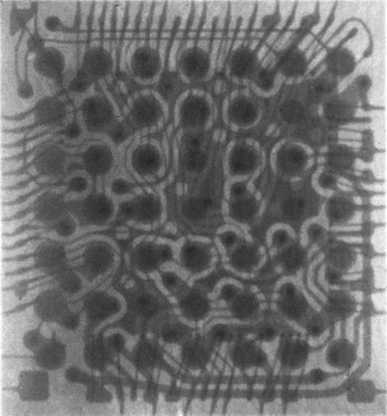
A research team led by Prof Xiaogang LIU from the Department of Chemistry, NUS has developed a technology for high-resolution X-ray imaging of irregularly-shaped objects using lanthanide-doped nanomaterials with ultralong persistent luminescence. They have coined this technology as X-ray luminescence extension imaging (Xr-LEI). This innovation represents a significant step towards next-generation, low-cost X-ray imaging technology. Prof Liu said, “Over the past few years, many research groups including ours have been taking on challenges in X-ray imaging. This Xr-LEI technology may provide a much needed solution for imaging highly curved 3D objects and enable the development of point-of-care X-ray detectors and flexible X-ray mammography devices.” The figure above shows X-Ray luminescence extension imaging (Xr-LEI) of the detailed circuitry of an iPhone 6 Plus smartphone. [Credit: OU Xiangyu]. Read more on their discovery here.
